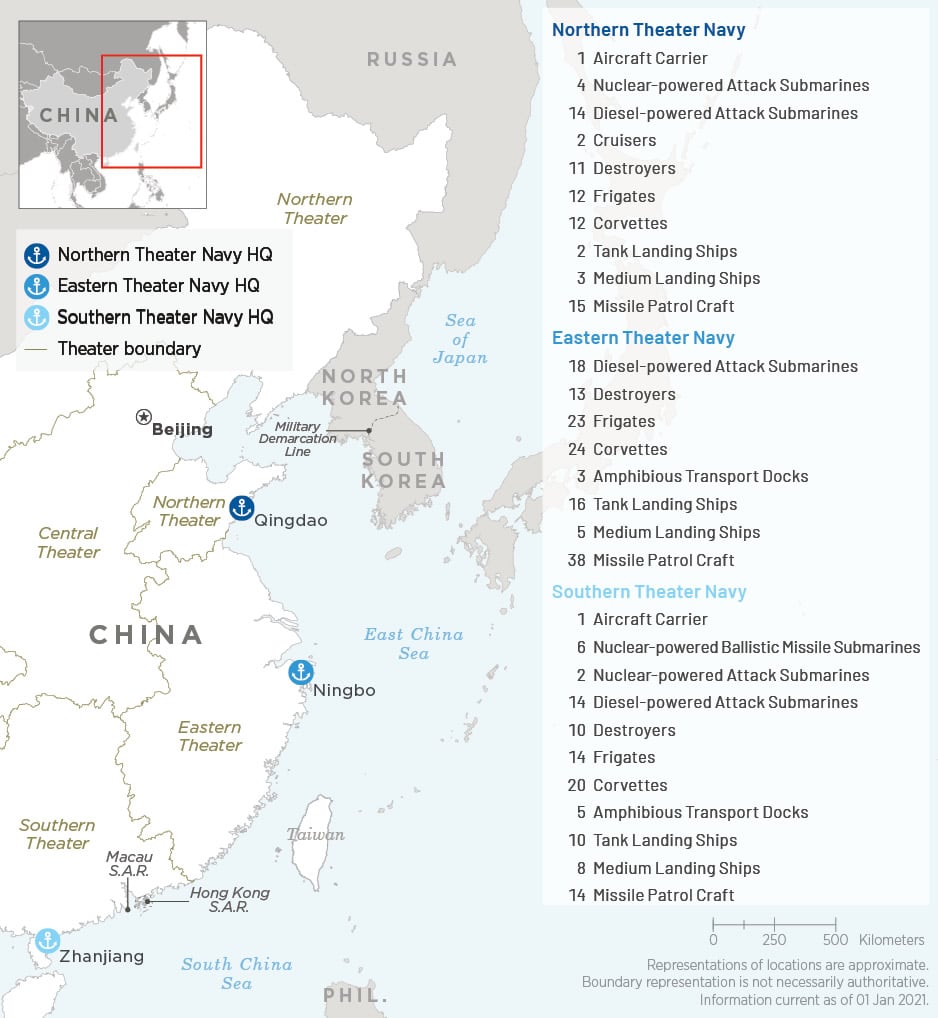Urgent Action Needed: Cities Face The Growing Threat Of Dangerous Climate Whiplash

Table of Contents
Understanding Climate Whiplash and its Urban Impacts
Defining Climate Whiplash
Climate whiplash refers to the rapid and unpredictable shifts between extreme weather events. Instead of a gradual progression of climate change impacts, cities are experiencing jarring transitions – intense droughts swiftly followed by devastating floods, or prolonged heatwaves abruptly giving way to unusually cold snaps. This volatility is not simply a matter of more frequent extreme weather; it's the speed and unexpected sequence of these events that creates unique challenges.
- Defining climate whiplash simply: Think of it as a rollercoaster of extreme weather – rapid swings between opposites, making it incredibly difficult to predict and prepare for.
- Scientific mechanisms: Climate whiplash is driven by complex interactions within the climate system, including changes in atmospheric circulation patterns, ocean currents, and feedback loops amplified by climate change. The jet stream's increasingly erratic behavior is a key factor, contributing to more frequent and intense weather swings.
- Examples: Recent examples include the rapid transitions between drought and flooding in California, the unpredictable heatwaves and subsequent cold spells across Europe, and the sudden shifts from intense rainfall to prolonged dry periods in parts of South Asia.
The Vulnerability of Cities to Climate Whiplash
Infrastructure Challenges
Existing urban infrastructure is often ill-equipped to handle the rapid and unpredictable shifts in weather patterns associated with climate whiplash. Designed for more predictable weather cycles, many systems struggle to cope with the sudden extremes.
- Infrastructure failures: Flash floods overwhelm drainage systems, heatwaves overload energy grids, and intense storms damage transportation networks.
- Impacts on essential services: Water supply systems can be disrupted by both droughts and floods. Transportation networks face delays and closures due to extreme weather events. Energy grids struggle to meet fluctuating demands driven by heatwaves and storms.
- Increased risks: Climate whiplash dramatically increases the risk of flooding, heat waves, wildfires, and other hazards within urban areas, leading to significant economic losses and societal disruption.
The Socioeconomic Consequences of Climate Whiplash in Cities
Impacts on Public Health
Climate whiplash significantly exacerbates existing health inequalities and generates new ones, particularly in urban areas.
- Increased disease rates: Heat stroke, respiratory illnesses aggravated by air pollution from wildfires, and waterborne diseases caused by flooding become more prevalent.
- Mental health impacts: Displacement due to extreme weather events, loss of livelihoods, and the constant stress of living under the threat of unpredictable weather negatively impact mental health.
- Disproportionate impact: Low-income communities, the elderly, and other vulnerable populations bear a disproportionately high burden of climate whiplash’s health consequences due to limited access to resources and support.
Strategies for Building Climate-Resilient Cities
Mitigation and Adaptation Strategies
Cities must adopt a comprehensive approach, encompassing both mitigation (reducing greenhouse gas emissions) and adaptation (adjusting to the impacts of climate change), to build resilience against climate whiplash.
- Green infrastructure: Investing in green roofs, urban forests, and permeable pavements can reduce stormwater runoff, mitigate urban heat island effects, and improve air quality.
- Early warning systems: Implementing advanced warning systems for extreme weather events allows for timely evacuations, resource allocation, and protective measures.
- Disaster preparedness: Robust disaster preparedness and response plans are crucial for minimizing damage and supporting affected communities during and after extreme weather events.
- Sustainable urban planning: Promoting sustainable urban planning and development practices, including building codes that incorporate climate resilience, is essential for future-proofing cities.
Conclusion
Climate whiplash presents a clear and present danger to cities worldwide. The rapid and unpredictable shifts in extreme weather events pose significant threats to urban infrastructure, public health, and socioeconomic stability. The vulnerability of cities is undeniable, and the socioeconomic consequences, particularly for vulnerable populations, are severe. We must act now to build climate-resilient cities and protect our communities from the devastating impacts of climate whiplash. This requires a multi-faceted approach, encompassing both mitigation of greenhouse gas emissions and adaptation to the unavoidable impacts. Demand action from your local leaders and support initiatives that promote urban sustainability and climate adaptation. Let's work together to build a future where our cities can withstand the challenges of climate whiplash and ensure a safer, healthier environment for all.

Featured Posts
-
 Port Saint Louis Du Rhone Immersion Dans Le Monde Marin Au Festival De La Camargue
May 31, 2025
Port Saint Louis Du Rhone Immersion Dans Le Monde Marin Au Festival De La Camargue
May 31, 2025 -
 Trump And Powells Economic Talks A White House Update
May 31, 2025
Trump And Powells Economic Talks A White House Update
May 31, 2025 -
 Erste Pflegekonferenz Bodenseekreis Zentrale Themen Und Ergebnisse
May 31, 2025
Erste Pflegekonferenz Bodenseekreis Zentrale Themen Und Ergebnisse
May 31, 2025 -
 Tuerker Inanoglu Nu Kaybeden Guelsen Bubikoglu Nun Acili Anilari
May 31, 2025
Tuerker Inanoglu Nu Kaybeden Guelsen Bubikoglu Nun Acili Anilari
May 31, 2025 -
 Assessing Us And Chinese Military Capabilities A Detailed Comparison
May 31, 2025
Assessing Us And Chinese Military Capabilities A Detailed Comparison
May 31, 2025
